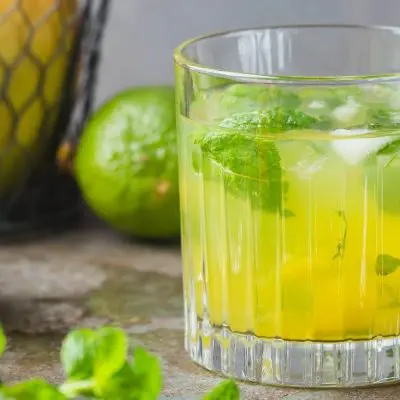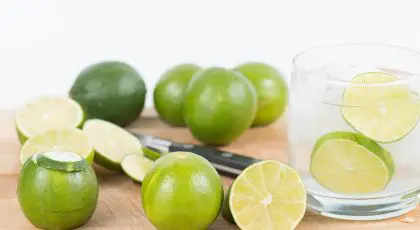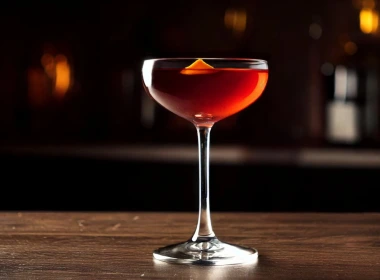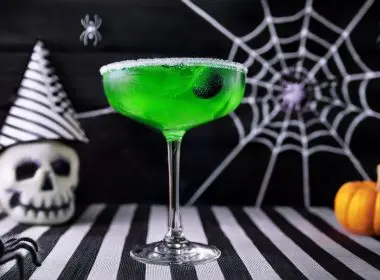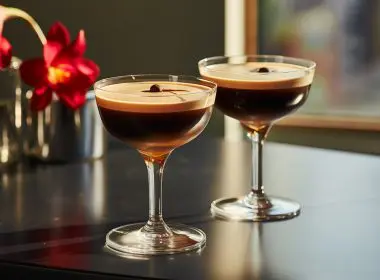Step Up The Acidity by Adding Citric Acids to Your Cocktails
Jump to:
If imagining a sour sweet or a bite of lemon makes you wince, why would you think of adding citric acid to a cocktail? Think again! Sour is a much-needed flavour when balancing food and cocktails. The acidity or sour profile one finds in citrus helps to brighten the overall taste of a dish or drink. Imagine a cream cheese bagel with smoked salmon. A bit one-dimensional with those creamy flavours on top of each other. But add a squeeze of lemon… delicious right?
Now, if you’re thinking “but all citrus fruits are acidic” you’re not wrong. Here’s the tricky thing; not all have the same amount of acidity or the right level of sour cocktails require. In fact, orange juice gets a bad rap behind the bar, because it’s just too sweet! It’s deemed useless as a primary acid component with its mild acidity of 1%. So, can one redeem a mild acidic juice, like orange juice with a little citric acid to balance the scales? The answer is a simple yes. The pros call it acid adjusting – it’s the art of adding other citrus juices to hit the ultimate tangy mark, and we’ll make it easy for you to do too.
There are plenty of addable acids, but we’ll focus on malic and citric acids. They not only occur naturally in citrus, as well as berries and tomatoes, they’re also our go-to ingredients for balancing cocktails. Without bamboozling you with crazy science, let’s discover how to use citric and malic acids to achieve the all-important acidity levels in drinks. Read on to learn how to serve the perfect, lip-smacking cocktails, time after time.
What’s the difference between citric and malic acids?
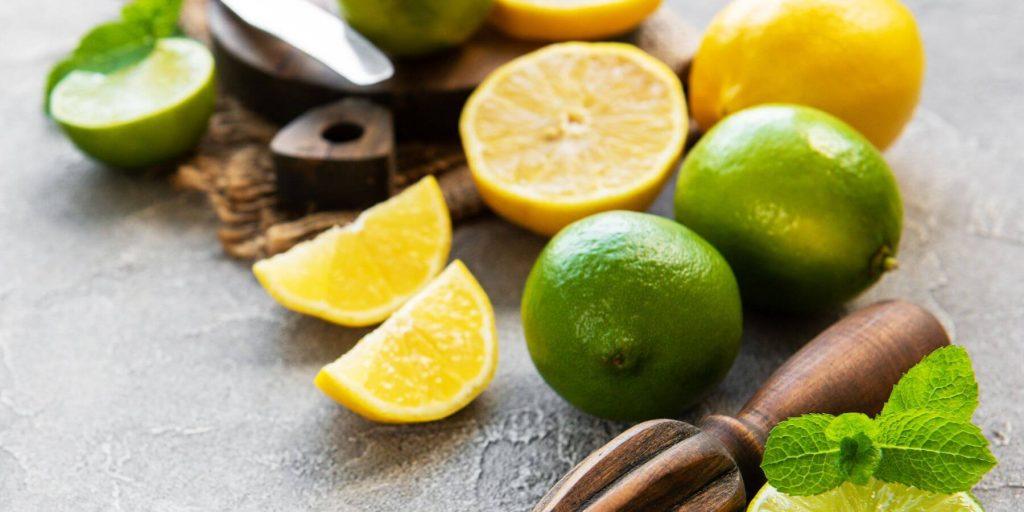
What are citric and malic acids? Both citric and malic acids are prevalent in common fruits like apples, lemons, oranges and limes. Lemons and limes both contain citric acid (4%) and malic acid (2%) and are jam-packed with antioxidants and vitamin C. Lemons and limes carry the perfect acidity of 6% vital in cocktail making.
Both acids are very common additives in the food, pharmaceutical and confectionary industries. They come in powder form and are soluble in water. In fact, a citric acid taste should be a familiar one, as it’s mixed with granulated sugar for the sour coating on candy. Malic acid offers a smooth tart taste (think apples), compared to citric acid that’s much sharper and stronger (a sour berry). Malic acid tends to linger longer on the palate, where as the spike of sharp citrus acid fades as quickly as it arrives. To keep things simple, let’s do a deep dive into how much citric acid to use in drinks.
To understand using citric acid for cocktails, a good jumping off point is to look at the ideal ratio mixologists aim for in a drink. The sweet spot lies in the math. A basic balanced cocktail is generally a 2:1:1 ratio; spirits to equal parts sweet (simple syrup) and sour (lemon or lime juice). With the exception of the ones that play slightly outside of the lines, like a Lime Daiquiri that seeks a sour tang with a heavier lime-to-syrup ratio.
Add to or replace lime or lemon juice, that’s the question?
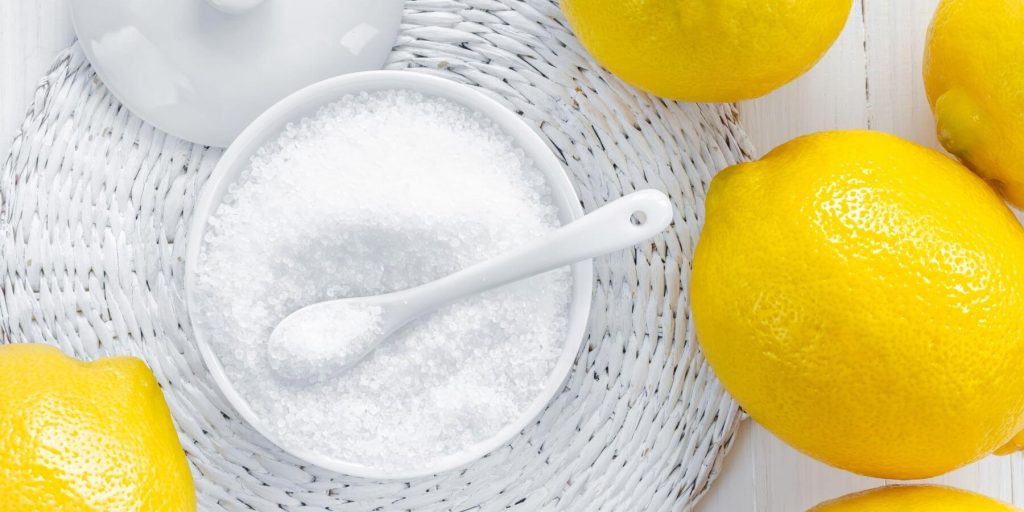
Adding citric acid to a cocktail is a sure-fire way to control the varying acidity of a natural ingredient. There are two schools of thought when it comes to replacing lemon or lime juice with citric acid. The first is to replace the lime or lemon juice entirely, using citric acid as the acid component. Good to know though, while optimum acidity will be achieved; the flavour profile may lack a depth and sparkle that fresh lime and lemon gives.
This leads us to the second, more popular, method, blending a little citrus juice with the citric acid solution for cocktails. It’s the best of both worlds. Just make a mix of half fresh lime juice and half citric acid solution to make up the total volume of lemon or lime juice called for in a recipe. This way your cocktail achieves all the sour tangy vibes and holds onto the fresh aroma and vibrant flavour of the lime.
You can also increase the acidity of a mild acid juice, like orange or grapefruit to make it qualify as the main acidity component. To reach the optimum lemon acidity (6%) in grapefruit juice (typically 2%); add ¾ teaspoon of citric acid per 3 ½ ounces of grapefruit juice. To bring orange juice (1% acidity) in line, dissolve 1 teaspoon of citric acid in 4 ounces of orange juice.
We don’t recommend adding citric acid directly to your cocktail mix. Rather make a citric acid solution to add to your mix for a deliciously smooth mouthful.
How to convert citric acid to fresh lemon juice?
Although lemons and limes have an almost identical citric acid content, lemons pip limes to the post by a fraction. Lemons have a higher acid level (lower pH) than limes. To use citric acid as a substitute for lemon juice, dissolve ½ teaspoon citric acid in 2 tablespoons (1 ounce) of water.
Is converting fresh lime juice the same?
Calculate the conversation to lime juice as you would lemon but remember, lime has an inherent sweetness. You may find that adding a dash of simple syrup is needed to balance matters or use the half-and-half trick with citric acid solution and fresh lime juice.
Traditional Lemon Drop Martini vs a citric acid version
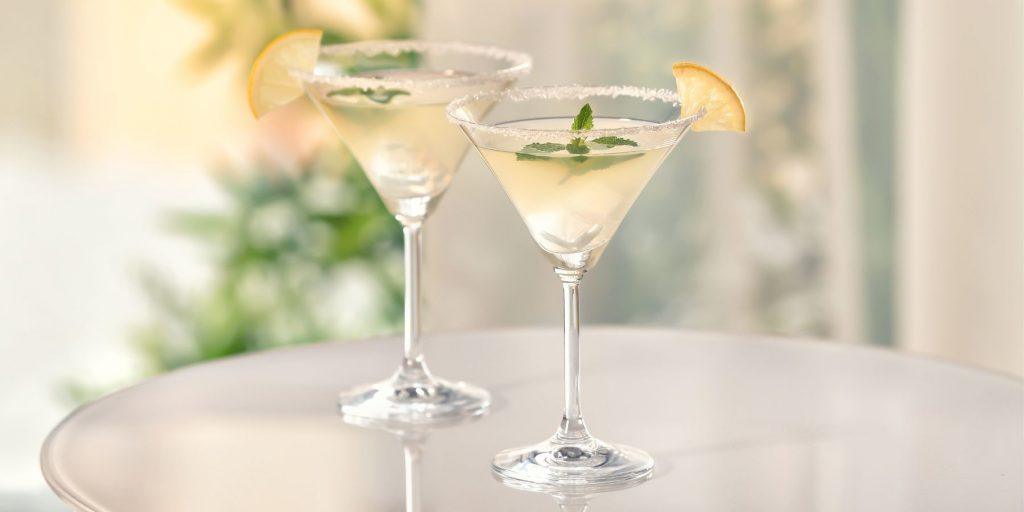
Let’s take a look at our traditional Lemon Drop Martini and compare it to one made with a citric acid conversion. The traditional calls for shaking 2 ounces Skyy vodka, 1/3 ounces Grand Marnier, 2/3 ounces lemon juice and ½ ounce simple syrup shaken over ice. For the citric acid Lemon Drop version, follow our conversion of ½ teaspoon citric acid dissolved into 1 ounce of water. Add 2/3 ounce of this citric acid solution instead of lemon juice to the shaker and shake away.
You’ll find that the benefit of using a citric acid solution for cocktails allows the subtle nuances of all the alcohol to appear front and centre. In this case, it’s a perfect way to showcase the citrus-infused Skyy vodka and the bitter orange Grand Marnier, which are otherwise somewhat masked by the brightness of fresh juices.
If you’re keen to dabble with acid adjusting, here are a few of our delicious Lime Cocktails. Citric acid (otherwise referred to as lemon salt) and malic acid (it resembles granulated sugar) are easily found online or at a pharmacy.
